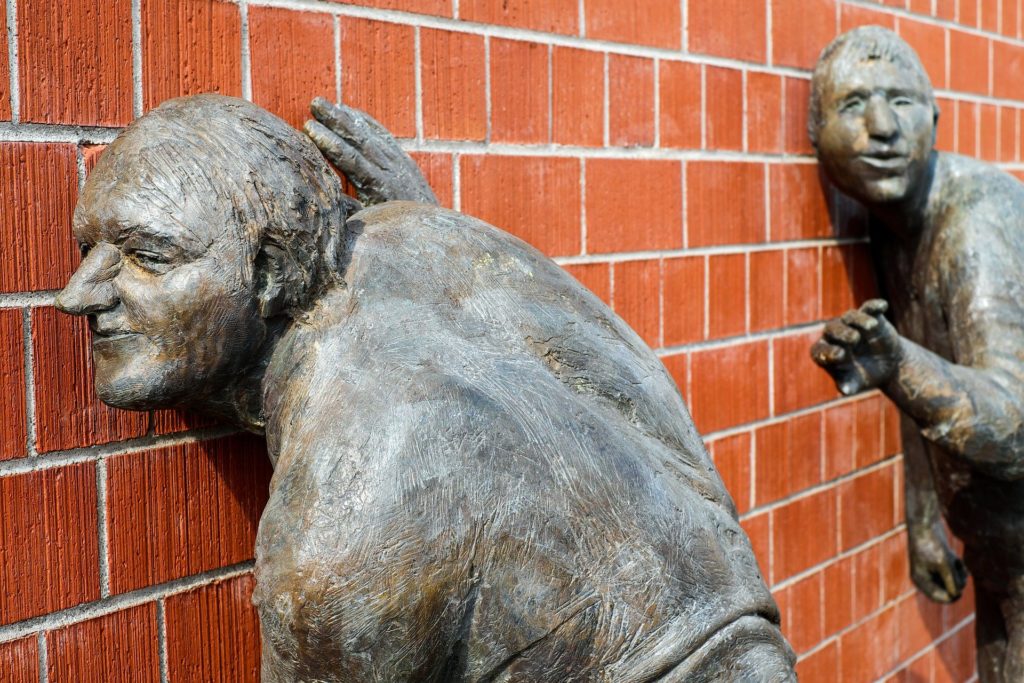
I’m not sure precisely what’s going on as we wrap up Q1 here in the already tumultuous 2021. But I do know this…
Many of you are asking fundamental questions about the A-B-Cs of what you’ve been doing your entire careers.
That’s because the health, economic, societal, and political underpinnings of our world have become unmoored. Our already unstable environment was turned upside-down by COVID.
And as we move into what appears to be a new phase, you’re asking questions. Lots of them.
Will people go back to work – and their workplaces – necessitating more time in cars, and by extension, listening to radio?
As car dashboards include more and more “infotainment” options, will radio hold onto its pole position?
Have consumers – even those aging Baby Boomers – gotten more tech-smart during the pandemic, making it easier to reach them on new devices. (Or will we lose them to new content on these platforms?)
COVID may be a global pandemic, but its impacts have been very local – education, health rules, vaccine access, you name it. Will that usher in a new period where the local marketplace and community will become even more important to the broadcast radio business?
I could go on.
That’s because so many things we used to think of as “givens” are now up in the air. We’re not exactly sure how things will settle in post-COVID. And that’s why we need to do our homework.
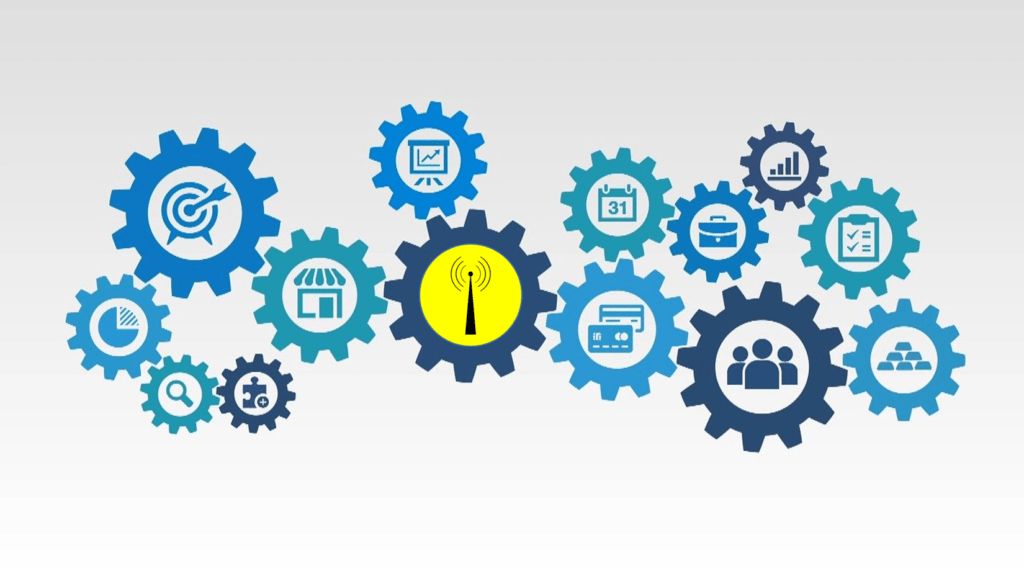 We need research.
We need research.
But not just any research.
We need to understand how radio in 2021 fits into their changing lifestreams. Because it’s different now.
We can’t just ask them the same questions we always have because their lives have changed. When you consider that 1/3 of small businesses could close as a result of the shockwaves of the pandemic, we’re dealing with a different environment – for radio programmers and sellers.
And we need to reconnect with them. The vaccine rate is quickly growing, mindsets are changing, and there’s a sense of tentative hopefulness in the air.
How can we learn about the audience, and how they’ve changed during the last tumultuous 365 days? How can we learn how to better entertain and inform them? How can we give them the emotional sustenance they’re looking for?
How do we understand our brands’ changing roles in their lives – whether we play Dua Lipa, Debussy, or the Doors?
If we think a by-the-book data dump will suffice for taking the temperature of our audience today – how they’re feeling and what they’re thinking, and what they want from their radio listening experience in 2021 – we’re kidding ourselves.
what they want from their radio listening experience in 2021 – we’re kidding ourselves.
In a normal year, perceptual tracking studies will usually do just fine. But when we experience a shocking, life-changing, cataclysmic event, all bets are off. You need more flavor, emotion, and stories to guide your programing, marketing, and sales.
One of the most useful studies has been an ongoing project from the Mindshare agency – what they call the “New Normal Tracker.” MediaPost reports that in the last year, they’ve conducted 19 survey “waves.” I blogged about this research back during “wave 13” last August.
This time around, they tracked emotional changes among 1,000 Americans from “wave 1” at the pandemic’s onset (March 2020) all the way to today – “wave 19” (February 2021) – and it’s certainly interesting.
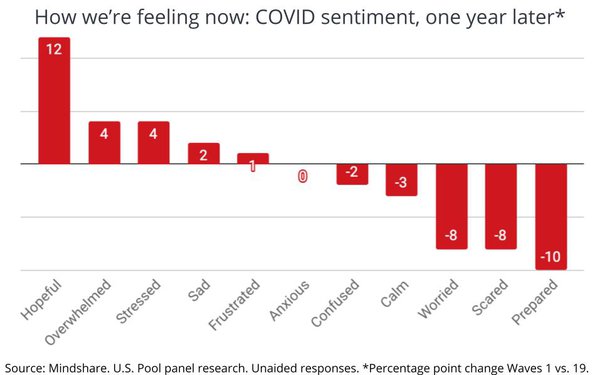
To boil it all down, hopefulness is up, but so is the sense of feeling unprepared, scared, and worried. So, how do we square these seemingly contradictory emotions? What explains these numbers? How do we get to the bottom of this?
We need to listen to people, hear their stories, and accept the fact that many of the “sure things” we could always count on have been shaken to their core.
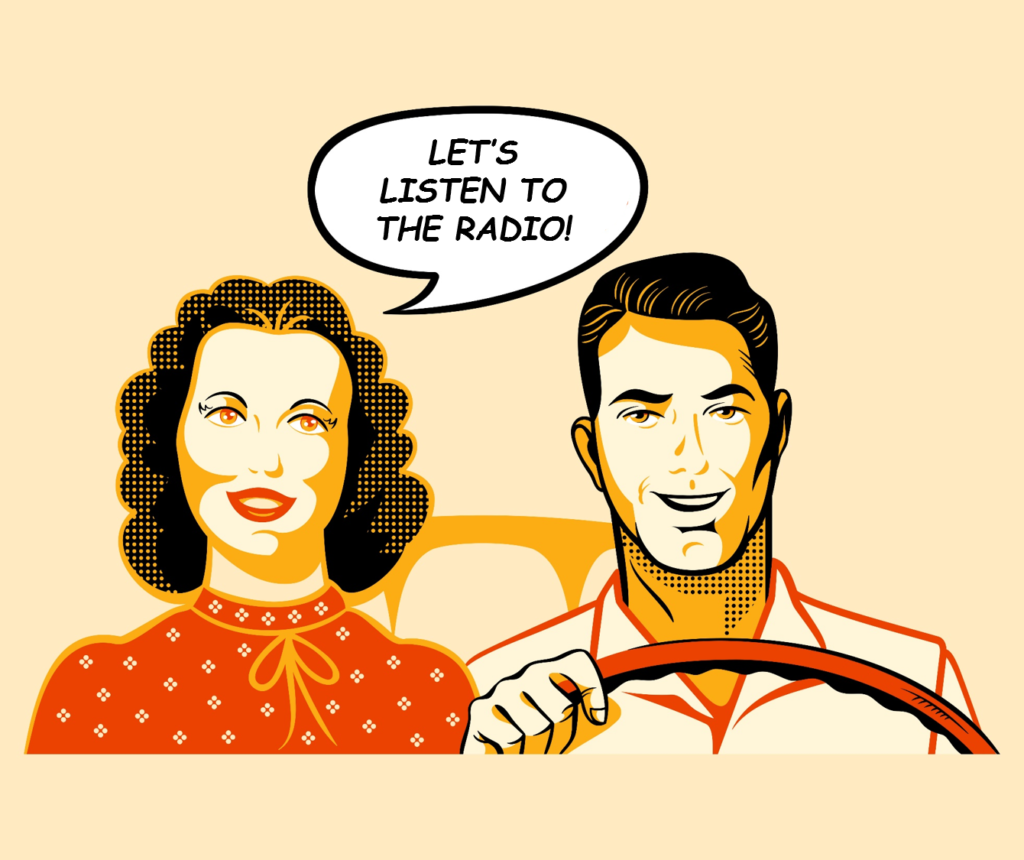 It used to be that people mindlessly turned on the radio, without a lot of forethought.
It used to be that people mindlessly turned on the radio, without a lot of forethought.
They jumped into a car, they turned on the radio. They got to work, the radio went on. They went to the beach, they grabbed the boom box.
It’s not that simple anymore. There are options – everywhere. You can pretty much listen to any song anytime you want on virtually every device. You can pull up just about any piece of content – a song, a movie, a TV show, a how-to video – right now, often at no charge or for a small fee. Want it commercial-free? You can pay a little more, and get it served up that way.
So, how are programmers, sales and market managers, and corporate leaders going to build strategies that can be successful in a post-COVID environment? With data, of course. But what kind?
A new think piece in the Harvard Business Review by strategist Graham Kenney is a great starting point. Titled “Data Is Great – But It’s Not A Replacement For Talking To Customers,” Kenney makes the point that leaving strategy up to the dataheads in the IT department is no substitute for going directly to the source – in radio’s case, listeners.
Conducting quantitative surveys after you do the harder work of first listening to listeners (or former listeners) is the only way to ensure you’re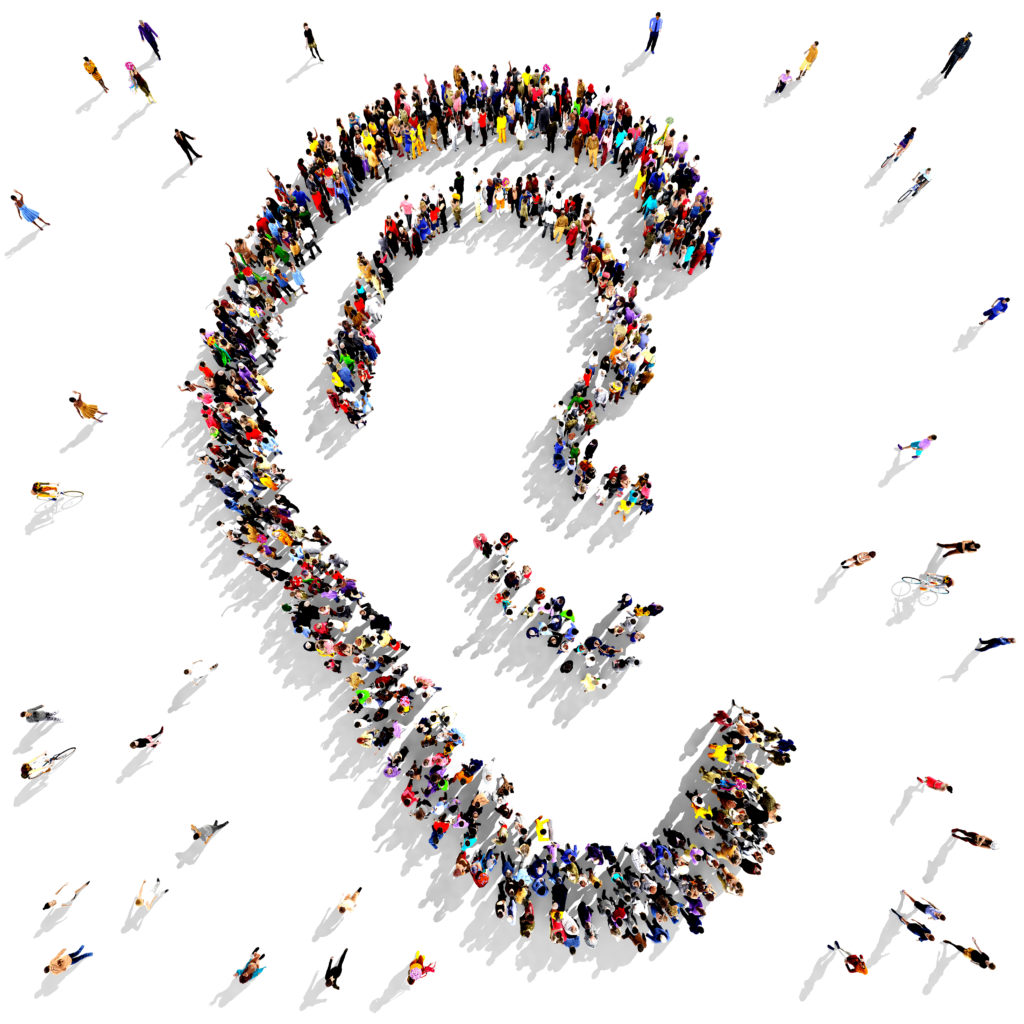 asking the right questions. So many of radio’s perceptual studies make assumptions about what matters to consumers, and the questionnaires often reflect that.
asking the right questions. So many of radio’s perceptual studies make assumptions about what matters to consumers, and the questionnaires often reflect that.
But when you take the time to query your target listeners – and actually listen to them – you might hear a very different story.
Kenney points to the reality that over-reliance on big data can be a fatal flaw, because it is already historic and therefore, static.
The dynamic we’ve all been feeling – especially the last 12 months – is instability and change. Things are not the way they used to be – on myriad fronts. We’ve had to adjust. We’ve had to change our expectations and our goals.
And so, we need to gain an understanding of how consumers are thinking and feeling – not just “Who’s the ’80s station?”
To assume we already know the elusive new answers by asking the same old questions puts us in jeopardy of missing this moment.
I applaud any station with the pockets and the foresight to commission audience research in 2021. But I would absolutely advise tacking on a qualitative piece ahead of cementing a questionnaire, and spending the money and time it takes to interview hundreds of people.
As Kenney concludes:
“Real insights come from seeing the world through someone else’s eyes. You will only ever get that by truly engaging with customers and listening to their stories.”
 For 100 years, broadcast radio has been part of the fabric and routine of millions of Americans lives.
For 100 years, broadcast radio has been part of the fabric and routine of millions of Americans lives.
But now, the pandemic’s disruptiveness demands we don’t just assume we understand what people have gone through, and are currently experiencing – socially, financially, and psychologically. And these changes have impacted the media choices they make.
Kenney provides examples from Toyota and Adobe – two companies with a “culture of customer listening.”
In broadcast radio, there’s been precious little time or bandwidth to even answer the studio lines (assuming people are still calling). And we’ve all learned how to scroll through the colorful comments on social media, embracing those that support our mission while ignoring the “trolls” who won’t even identify themselves.
There is truth in looking into the eyes of the audience and listening to their words. In 2020, Jacobs Media conducted more research than in many years, between our three Techsurveys and our COVID waves in April, May, and October.
But it was our Zoom groups where we gained insight, perspective, and yes, empathy. That’s when respondents told us about their fears, their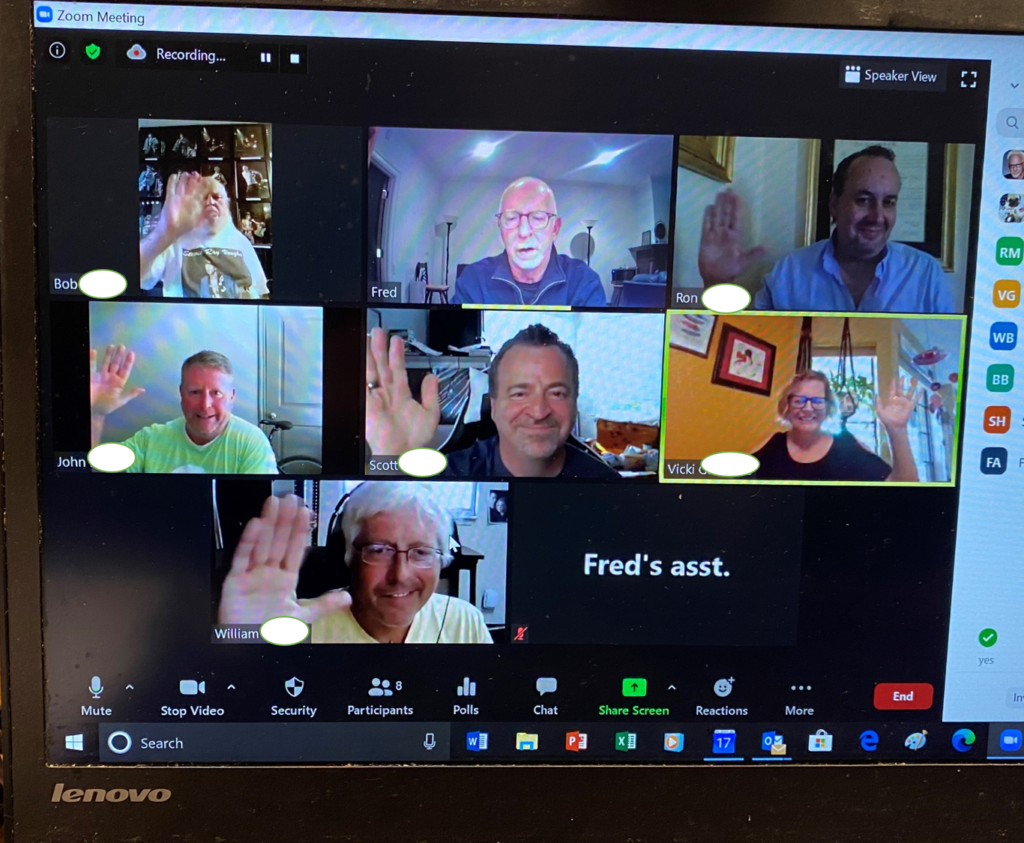 boredom, their families, and their emotional states.
boredom, their families, and their emotional states.
In the same way people revel in telling us where they were on 9/11 – nearly two decades later – that same phenomenon is happening with their tales about COVID.
Where they were when the lockdowns began. How they felt when all sports were cancelled. Concert tickets purchased but never used. Vacations not taken. Family events – weddings, anniversaries, parties, even funerals – all put on hold.
It’s where we also heard about the power of a comforting radio personality, as well as a station that supports its local businesses, and gives shout-outs to essential workers.
Those aren’t perceptions – they are realities.
You don’t get that from a spreadsheet, correlations, ratios, and regression analysis.
You get it from listening.
We spend our careers trying to get them to listen to us.
Right now, we need to be willing to listen to them.
- What To Do If Your Radio Station Goes Through A Midlife Crisis - April 25, 2025
- A 2020 Lesson?It Could All Be Gone In A Flash - April 24, 2025
- How AI Can Give Radio Personalities More…PERSONALITY - April 23, 2025




Hello,
I’m a recent reader of your exceptional daily insights. And I’ve already gotten a lot of valuable information. However, in today’s post I noticed an error in meaning. In one of the key paragraphs, you said one needed to do quantitative surveys BEFORE doing the harder work of listening to the listeners. I believe you meant AFTER.
Bill, thank you for reading it more carefully than I obviously wrote it. It’s fixed, and I thank you for an important “catch.”
Thanks Fred. As always. You’re THE MAN for looking around the corner at what should be next, as a result of what really is NOW.
Your piece got me to thinking about the power of local personality. To me the last year should be a call for a throw-back to REALLY investing thoughtfully into on-air talent. The search should be on for show hosts and teams who can contribute to the community conversation – in an often very serious world – in a thoughtful but still humorous way.
Who can thread the needle in these polarized times, for example, to provide a morning show that doesn’t alienate points-of-view, but can really bring an audience together for the community’s sake, in a way that still offers good spirit and fairly frequent laugh lines that aren’t cheap, thoughtless, often divisive, shock humor.
People who can pull this off are super rare but I’d love to see a surge of commitment from stations of all stripes to find them. Even partisan AM and FM talkers, that are generally happy to hire flamers who speak to their own choirs and continue to harden the polarization that tears a community and a nation apart, just to gobble up advertisers trying to reach those particular choir members. I’m not talking about bland, middle of the road, Kum-ba-Yah voices. I’m hoping for smart (not elite) voices who are funny across the board and across the ideological aisles.
That’s a tall order… to find those people in your town… but I gotta believe they are there. I don’t think thriving in these times necessarily calls for a whacky “zoo-crew” any more. But you have to find people who somehow can still present something that won’t make “zoo-crew” fans feel like it’s an uptown smirk-y salon of academics they’ve dropped in on. But here’s a call to management to really do the hard work of rising to the challenge of our times.
OK, GMs and PDs and Consultants, Hands In! On-3! LET’S GO!
They ARE there, but it takes time, commitment, and usually some money to pull this off. Playing the personality game – and you’re right, it’s the Holy Grail now – requires more time, talent, care & feeding than cranking out a music log using a 250 song playlist. But as you point out, Paul, if you’re going to cut through and truly build a radio brand, you have to commitment to personalities that get it. Thanks for articulating this, Paul. Now, let’s hear it.
This makes real sense – in practical terms, it means more focus groups prior to writing a perceptual questionnaire. But i would assume getting a statistical read on emotions like fear, uncertainly and lack of control is harder to do than finding out whether classic rock stations should play Pearl Jam.
That brings me to the morning show comment that was made earlier – that was very much on point. The more emotionally nuanced radio listeners needs become, the harder it is for radio to respond to those needs and address them. When 10 or 15 people are making all major programming decisions for a large part of the world, there’s no room for nuance or emotion, or a response to the closing of a large local plant or a major explosion.
A good slogan for centralized programming might be “Fake it til you break it”. Someone trying to conduct Zoom meetings for large clients with three young kids at home, a barking dog and ringing doorbells needs more from radio than a free koozie or t-shirt and 350 titles that tested well 9 months ago in a large city 750 miles away.
Fred, as usual your point is dead on. And as (sadly) also usual, there is too little that’s actionable.
Radio’s decline will make a great doctoral thesis someday.
C’mon, Bob. You were doing great until you made the point that none of this is actionable. If that’s the case, I’m wasting your time and mine. 🙂
I hear your point about top-down management, but I still work for a number of broadcasters calling their shots locally. Is there a group operations person in the room? Yes. Is there a consultant in the room. Yes, ME hopefully.
And the upside is that if a station has the budget for a perceptual study (and the money is flowing again), this preliminary qualitative step can help inform the questionnaire. Otherwise, we’re just asking 2019 question. Thanks for engaging on this.
I didn’t say that none of it was actionable, I said that too little of it was. I’m glad that some broadcasters are still making local decisions, but the exception doesn’t make the rule. I frighteningly large percentage of listeners are listening to the same station as millions of others.
I’d love to see a year by year breakdown of ratings, profit, margins, etc. of markets where they still call the shots locally vs the ones that aren’t. Are they even making more money this way?
That’s an interesting question, Bob. I don’t know that it’s possible to look at entire companies and draw hard and fast conclusions. And I would also submit the effects of local vs. corporate control on brands is likely a long-term situation. It might be years before you see the effects manifest themselves.
I concur with you that the more cookie-cutter it gets and the more top-down becomes, the local flavor is lost.
Great Read! Confirms what most of us who are still passionate about radio continue to preach. Companies are not listening or managing on a local or even human level. This business of consolidation, Voice tracking (without even identifying the city or station ) and programming from the ivory tower is BS and is killing the business. And the ratings (although another BS factor) are proving it. The biggest casualty so far is the single handed destruction of the Alternative Format. Sadly, Country might be next. Time to wake up Radio. Before there’s nothing left to fix and no one left to listen to.
Charese, thanks for this. And I truly believe that one of the lessons we’ll take away from COVID was this idea of doubling down on LOCAL. Thanks for this comment.